In 2019, Mary-Kate Bullaro organized a Disney Noir shoot for her Fantasy Is Reality project. The concept for the shoot was as it sounds—familiar Disney characters with film-noir-inspired costumes.
This Disney Noir shoot featured:
- Mary-Kate Bullaro as Ariel from The Little Mermaid
- Lauren Fields as Anna from Frozen
- Gaby Martineau as Elsa from Frozen
- Rachel Granda-Gluski as Snow White from Snow White and the Seven Dwarfs
- Sara Robinson as Megara from Hercules
- Elizabeth MacDougald as Merida from Brave
Fantasy Is Reality
I’ve mentioned Mary-Kate Bullaro’s Fantasy Is Reality project in previous articles on The All Worlds Traveller. (Thus far, I’ve reposted Autumn Elves and Modern Rococo.) In summary, between 2017 and 2019 Mary-Kate organized groups of friends to participate in themed photoshoots on location. These shoots were fast, frequent, informal, and fun. Fantasy Is Reality was the group name Mary-Kate used when organizing the shoots on social media, and this is the name we remember it by.
During this time, I was in my own stage of wild experimentation. Since 2016, I’d been pursuing fantastical portraiture. When Mary-Kate invited me to shoot “Autumn Elves” in late 2018, our goals aligned for mutual benefit. Mary-Kate had dozens of ideas, and she was skilled at executing them. At the time, I was hungry to experiment and practice.
Disney Noir
We photographed Disney Noir in an office building downtown and on its rooftop.
When we did this shoot, I’d just acquired some Magmod gear for my flashes, and I was eager to try it out. As I recall, the two modifiers I used were the Magsphere and the MagBounce. The more I played around, the more I favored the MagBounce for this shoot. These modifiers attach to battery-powered flashes magnetically and then change or shape the light in various ways. The MagBounce is a curved modifier that bounces the flash toward the subject—like the bounce card attached to the flash, but larger. Throughout this shoot, I played with light placement, trying for different patterns and effects. For example, in the rightmost shot of Rachel below, I wanted to shoot a Rembrandt lighting pattern (triangle of light beneath one eye, nose shadow connecting with shadow on the side of the face opposite the key light).
Rachel Granda-Gluski as Snow White
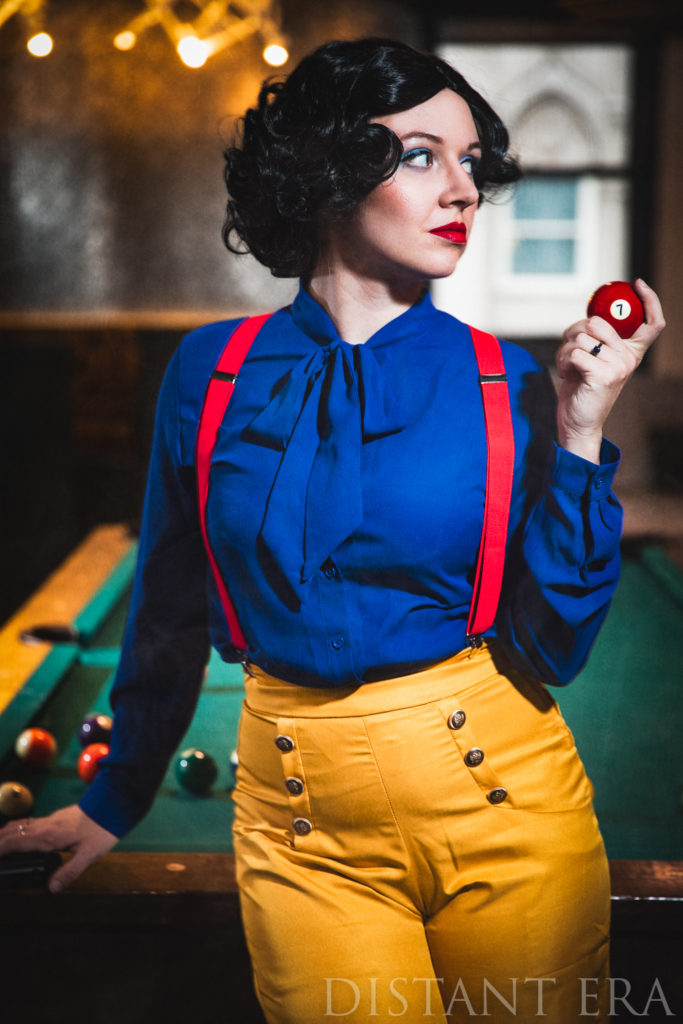

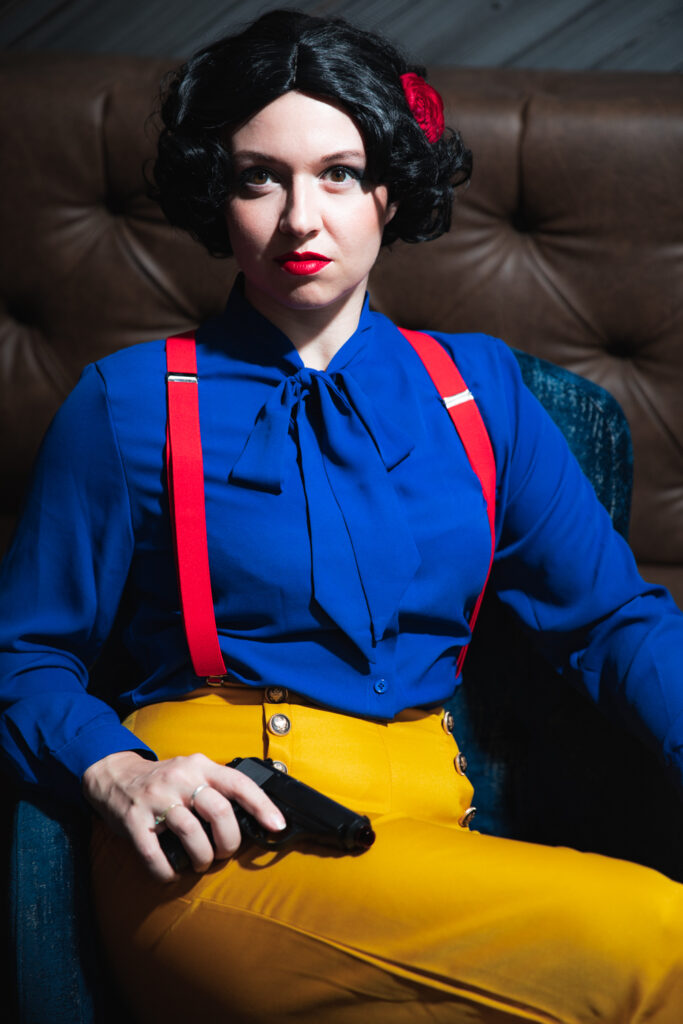
Lauren Fields and Gaby Martineau as Anna and Elsa


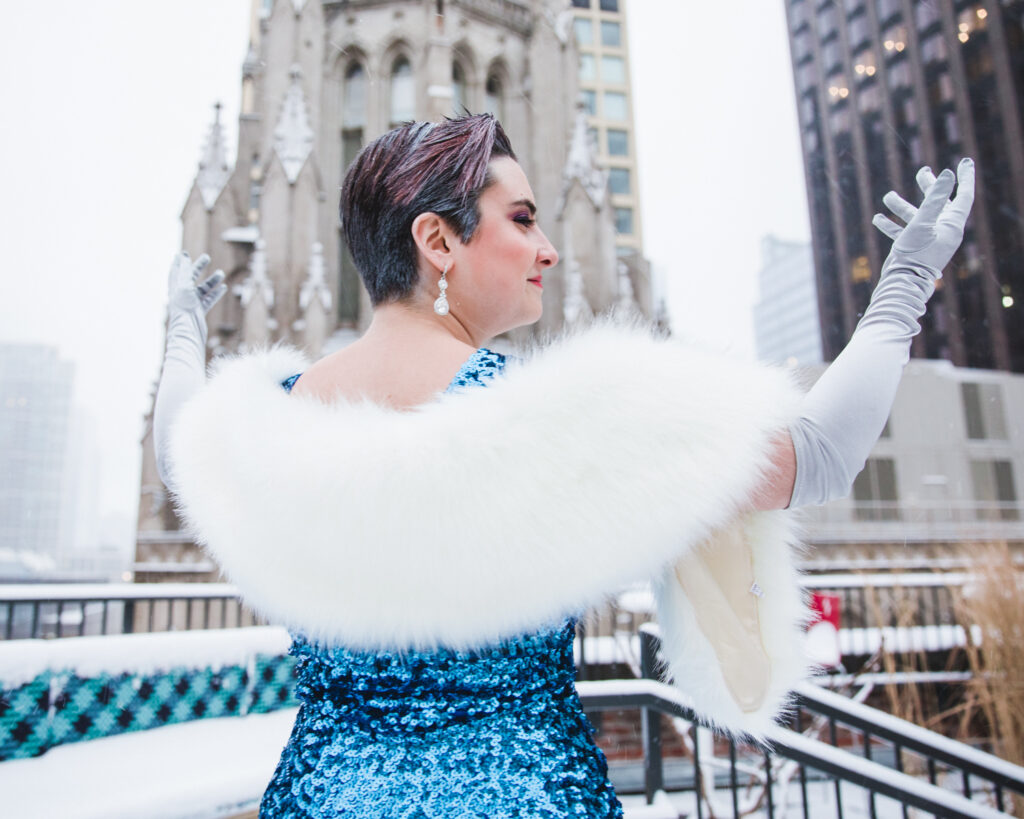
Sara Robinson as Megara
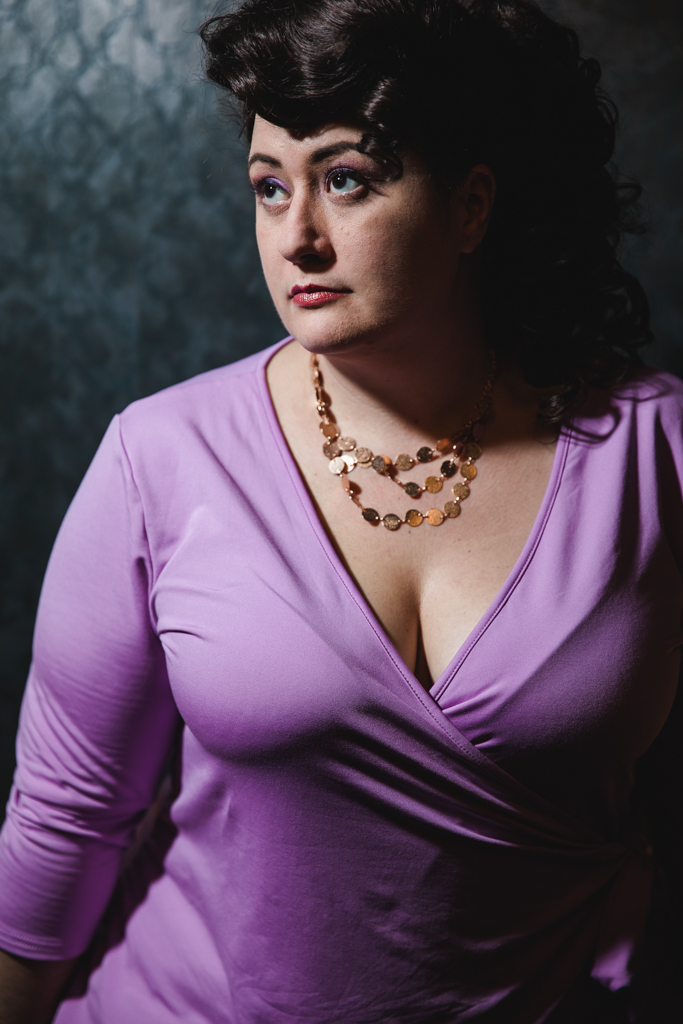
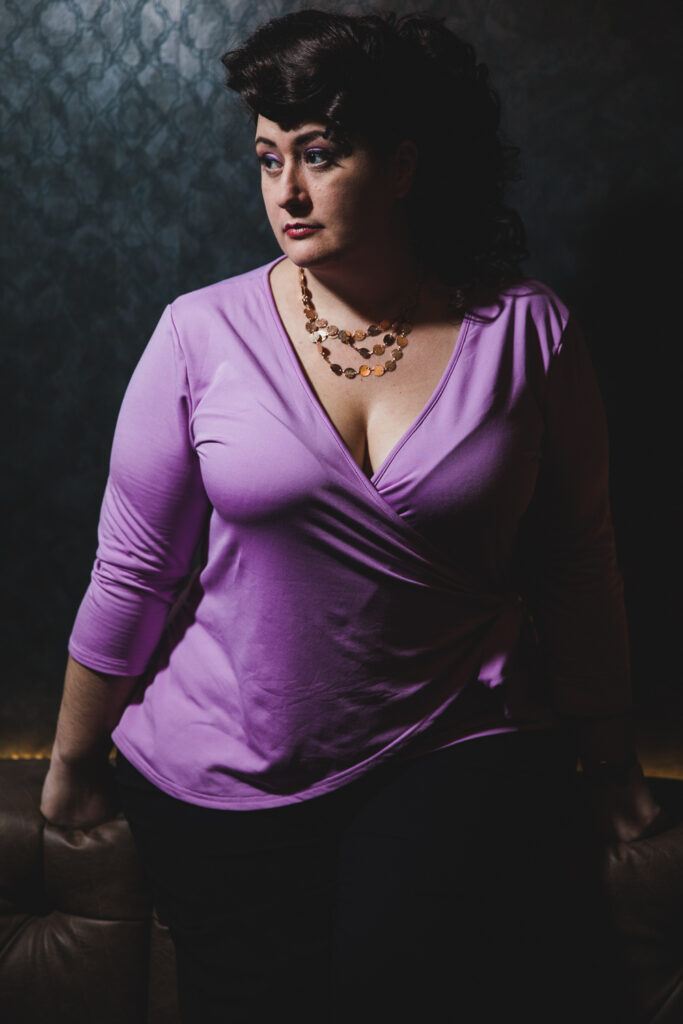
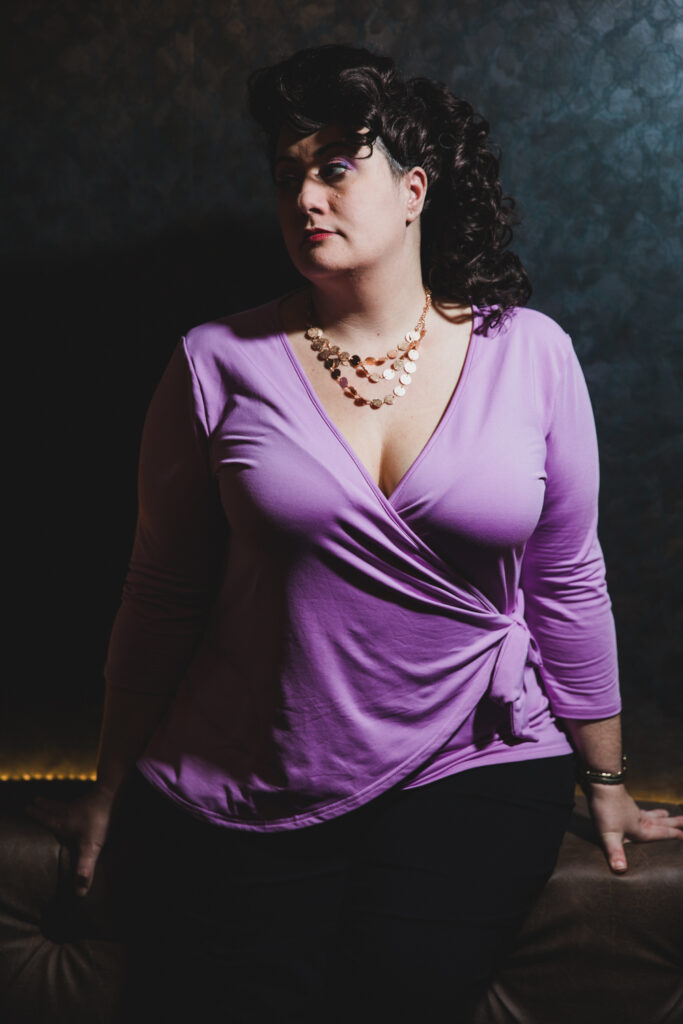
Elizabeth MacDougald as Merida
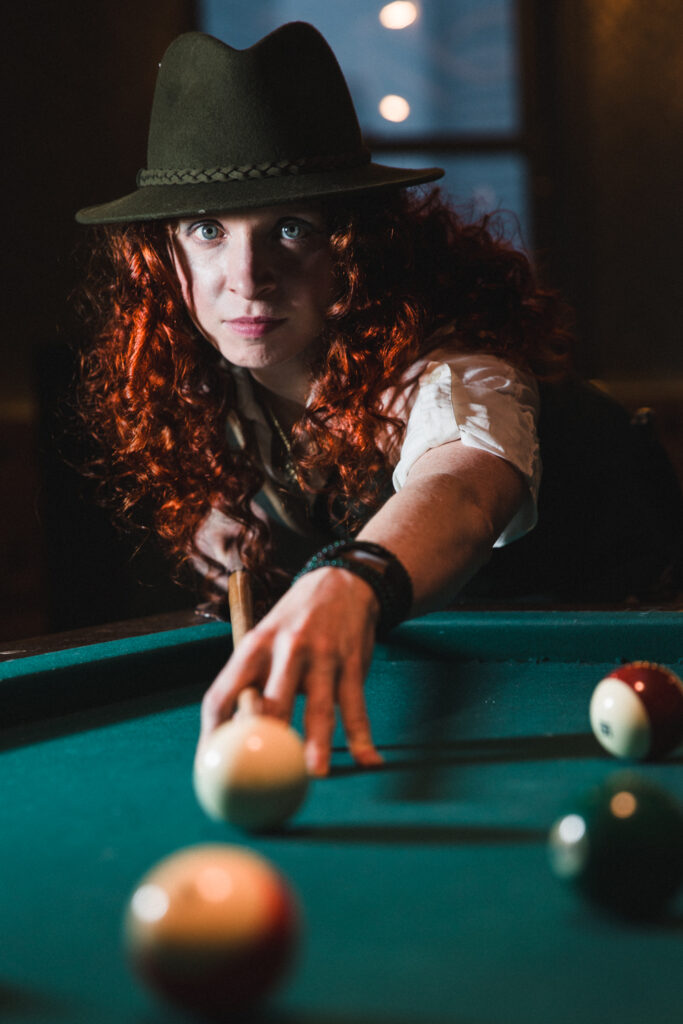
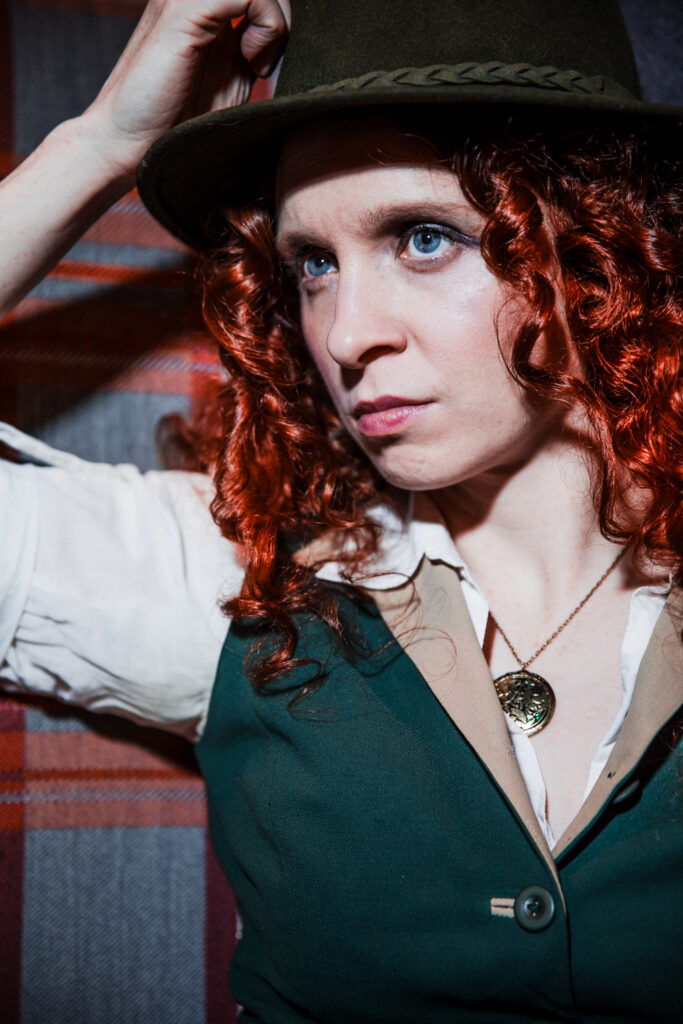

Mary-Kate Bullaro as Ariel
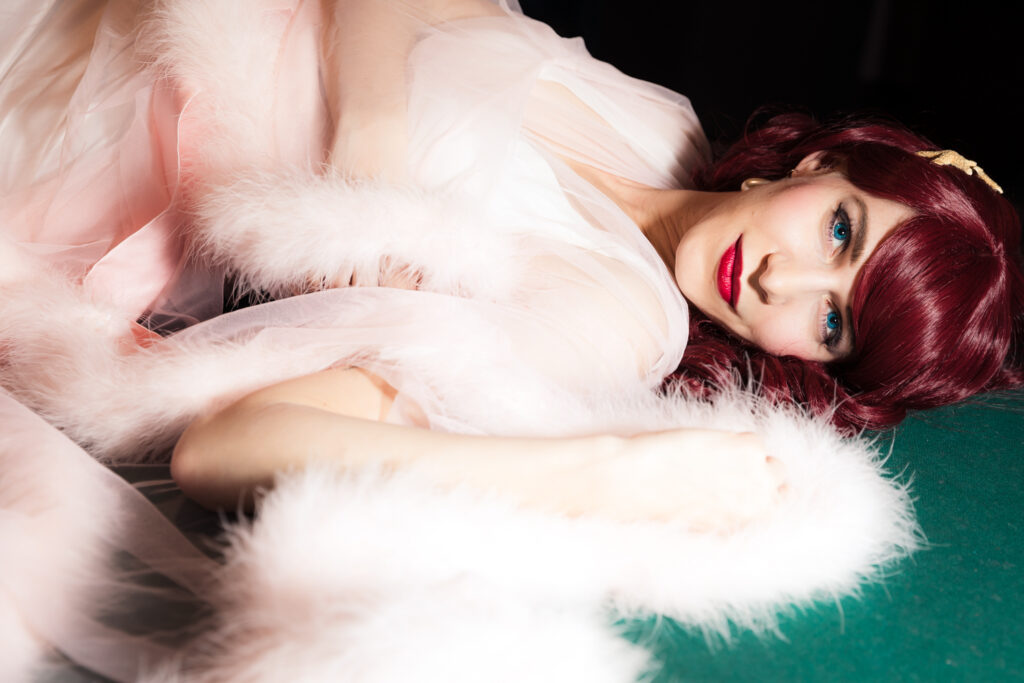
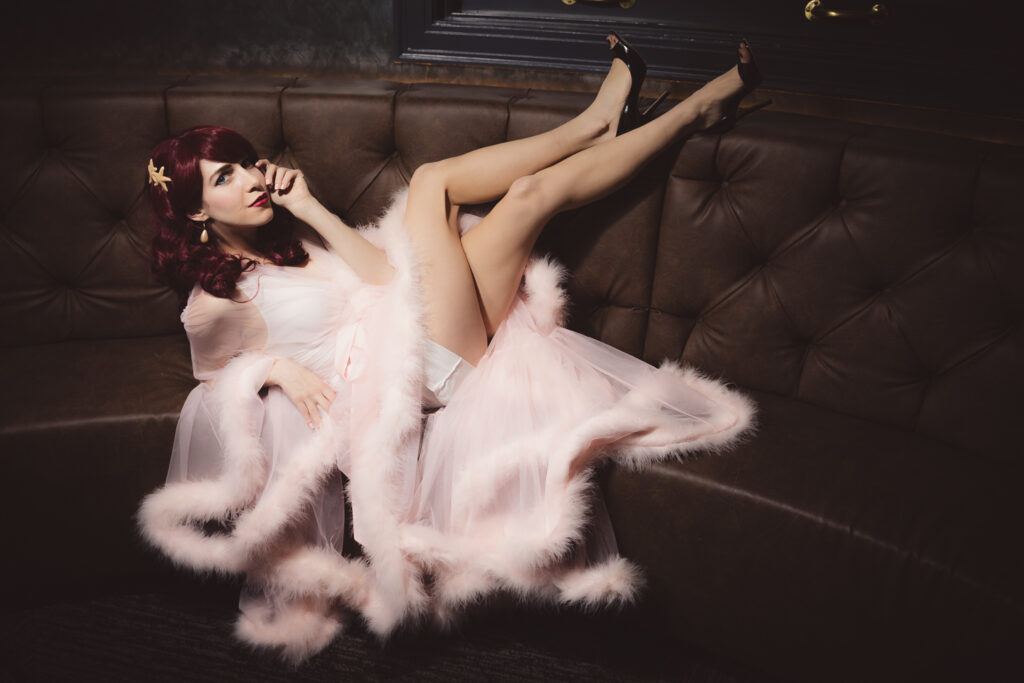
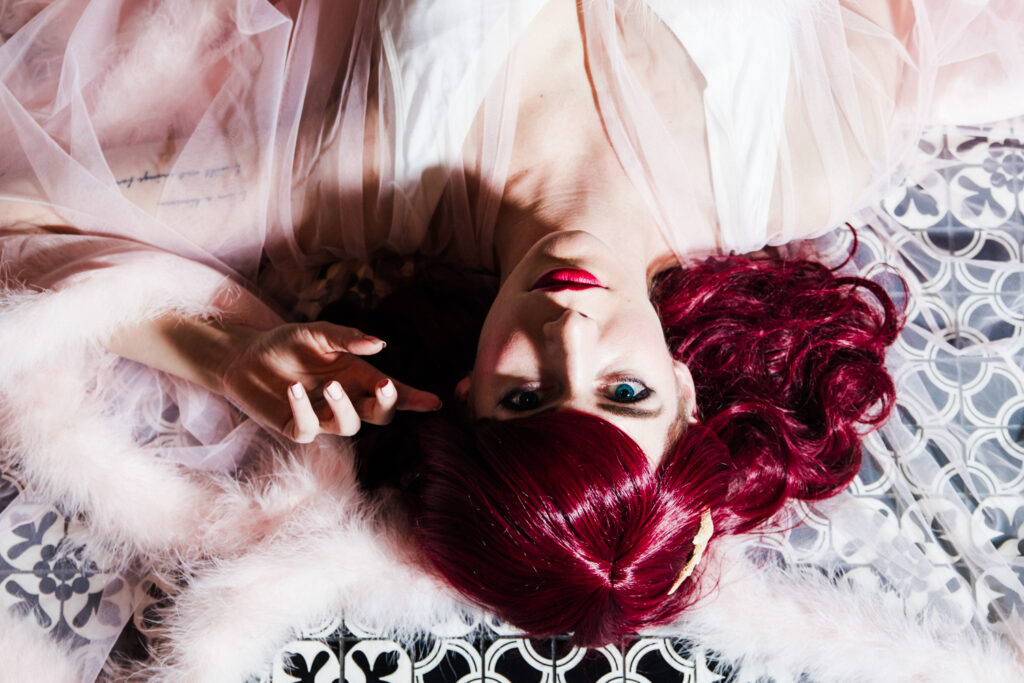
Practice and Experiment
I photographed Disney Noir five years ago, in January 2019. I used the knowledge and equipment I had back then, and this was one of my favorite projects from that era. I’m still fond of Disney Noir—I learned a lot from it.
I shot almost a thousand frames for this project and (thankfully) starred what my favorites were at the time. Going back through those, mistakes from inexperience become apparent. At the time, I shot what was in front of me while playing with the new-to-me lights and modifiers. Occasionally, I’d capture a fantastic pose or the light would be perfect for what we were aiming for. Often, I’d shoot too close, my light placement would be less than ideal, or I’d shoot too much of the same thing. I never knew precisely where my flashes would hit—each shot was a guess.
These days, I’d shoot more deliberately. I’d coach posing (something I didn’t know how to do back then) conscious of the lens and light I was using. Back then, I shot, shot, and shot some more, pleased when something worked, but not fully aware why it worked. My current personal Distant Era project is much the same process, except the mistakes and challenges are in Photoshop.
What Worked
Disney Noir was our first Fantasy Is Reality on-location shoot using flash creatively. I believe it was even my first shoot using flash creatively on location, rather than in the studio. For my lack of experience at the time, it was a big win. Later in 2019, I would create Distant Era and photograph a far more complicated series in that very same downtown office—the Blade-Runner-inspired Chicago, November 2019 series. Each project is another lesson; each failure is another stepping stone toward success. As I struggle with the new work, I look back at this older work, proud of what we could do with what we knew at the time and seeing the path of progress.
Enormous thanks to Mary-Kate Bullaro for creating this event five years ago and inviting me to it. And equal thanks to the talented subjects who participated—Rachel Granda-Gluski, Lauren Fields, Gaby Martineau, Sara Robinson, Elizabeth MacDougald, and of course Mary-Kate Bullaro herself.

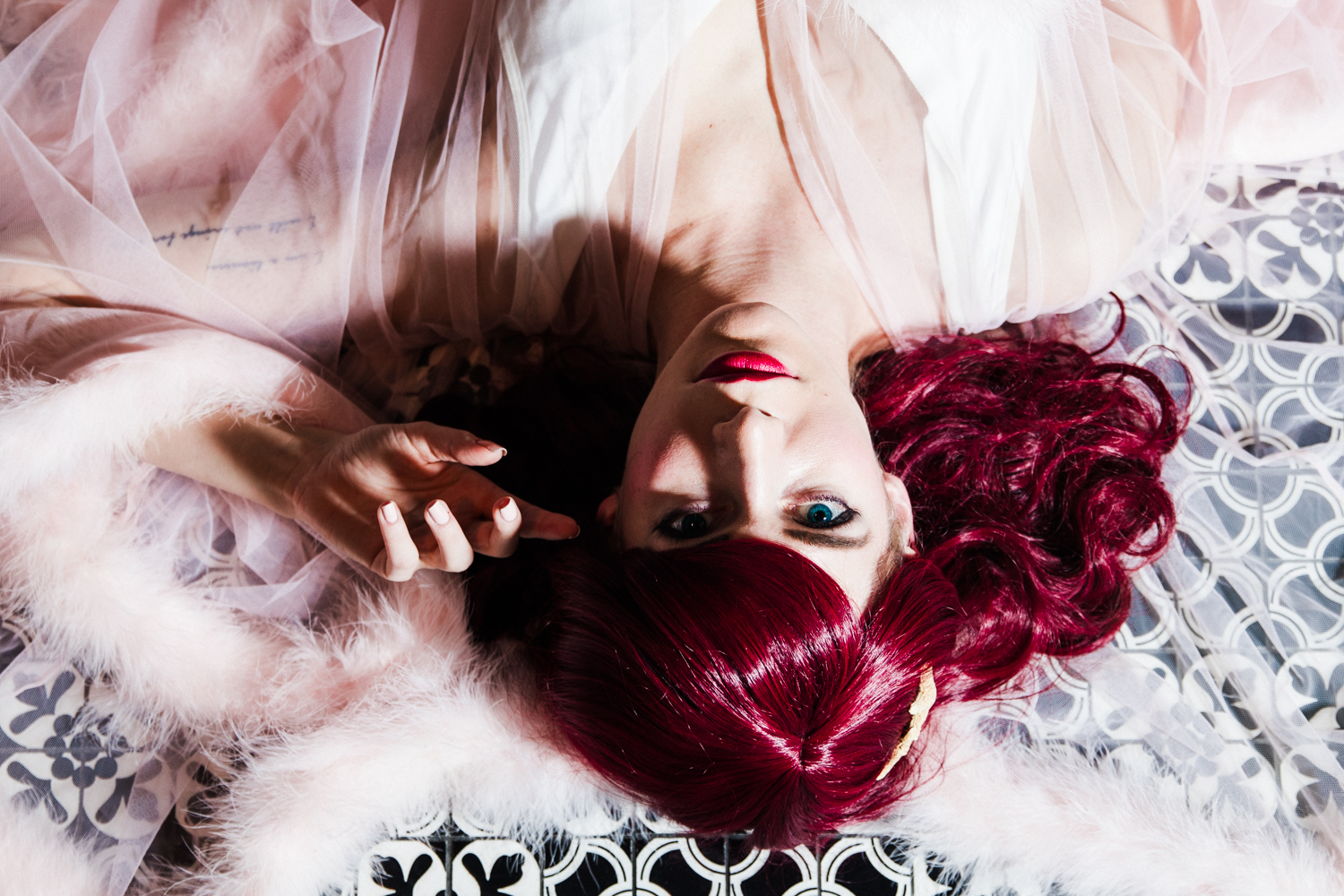
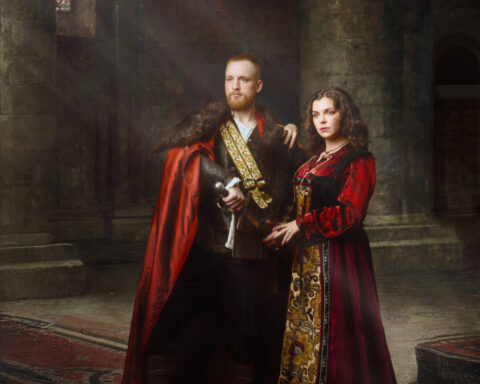

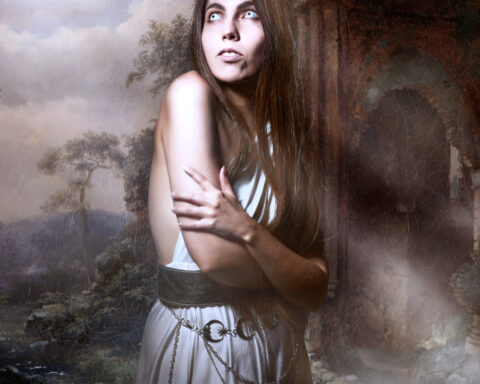
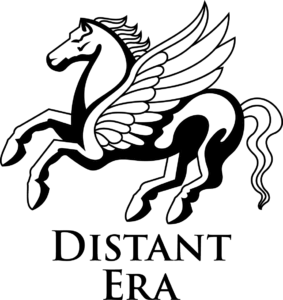
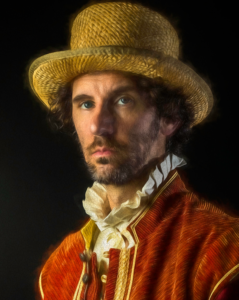
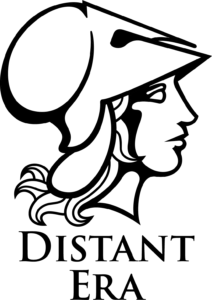
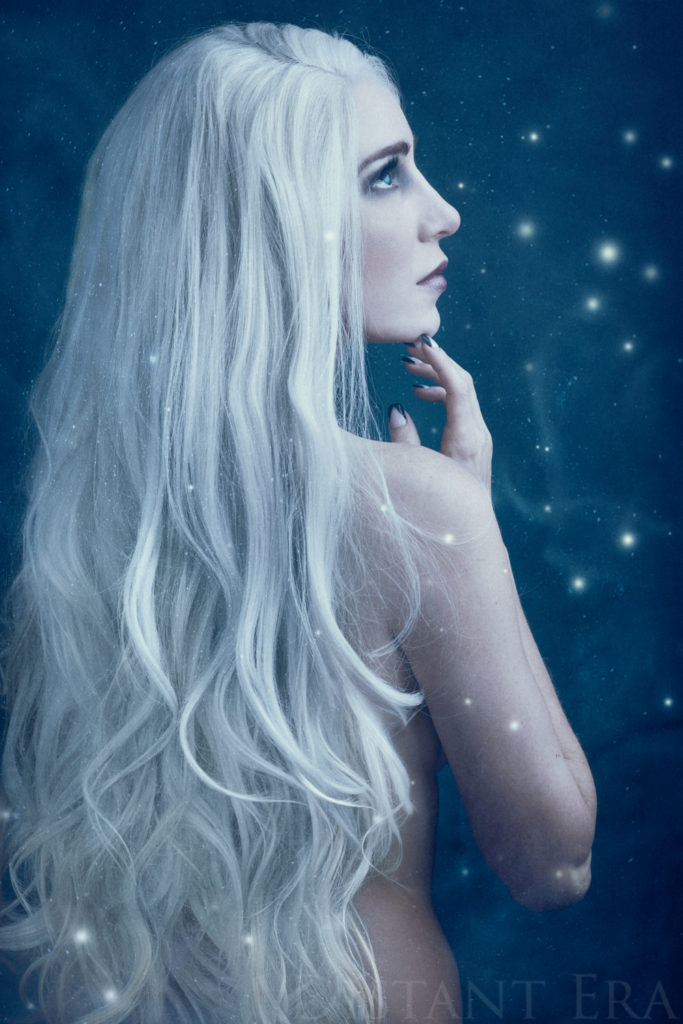
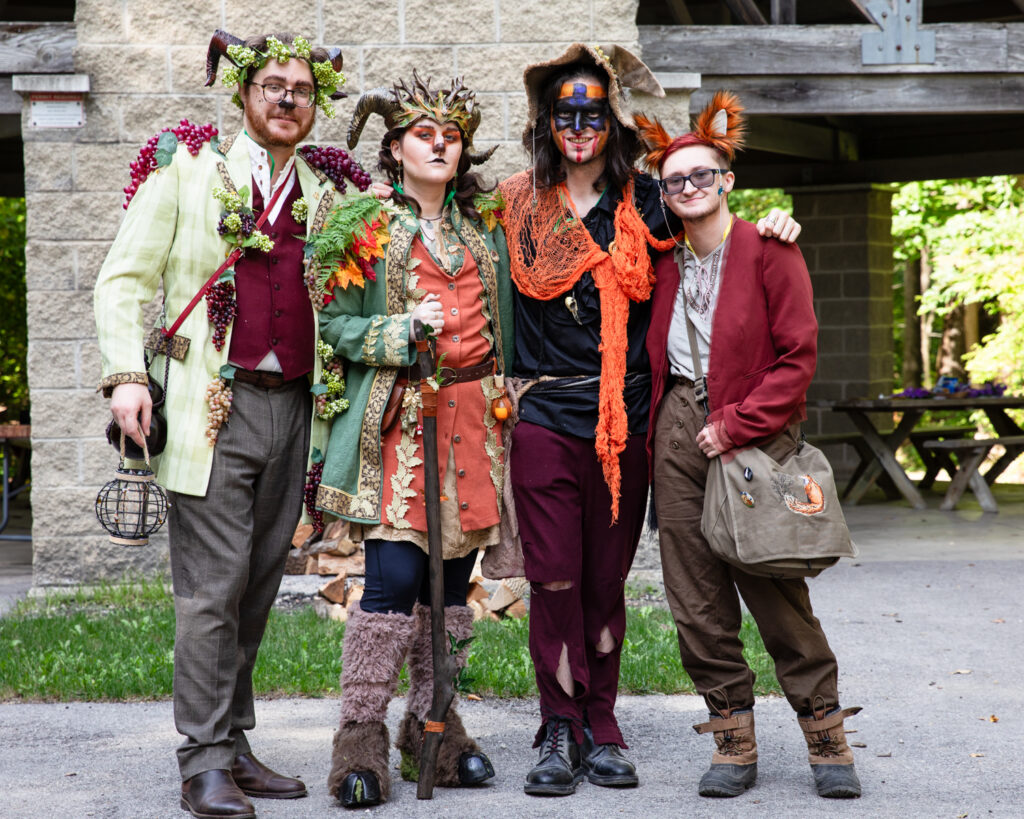
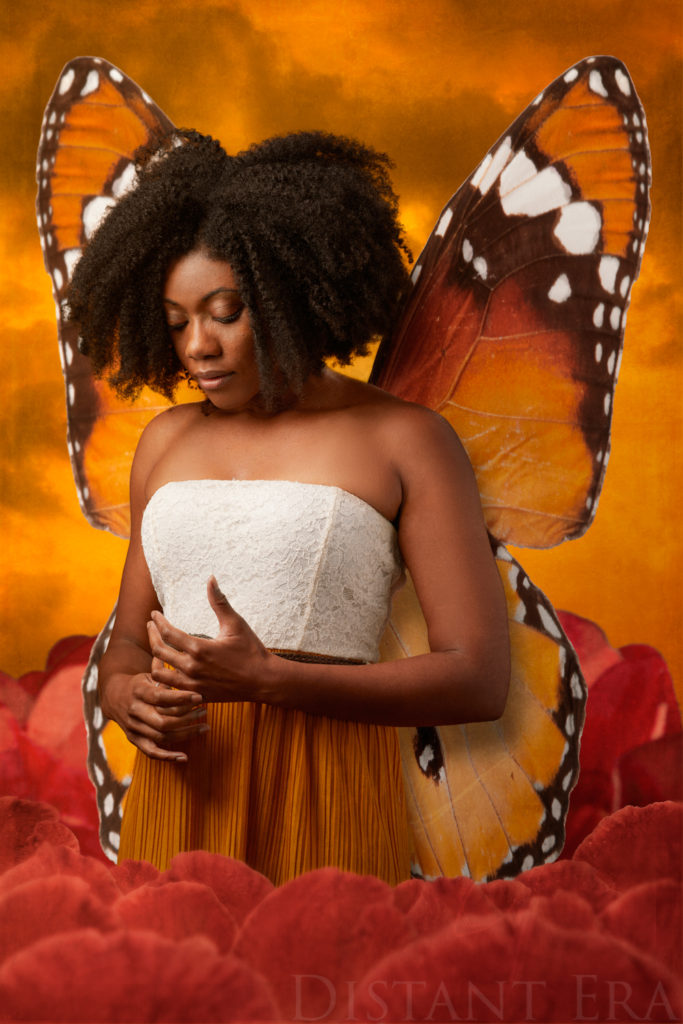
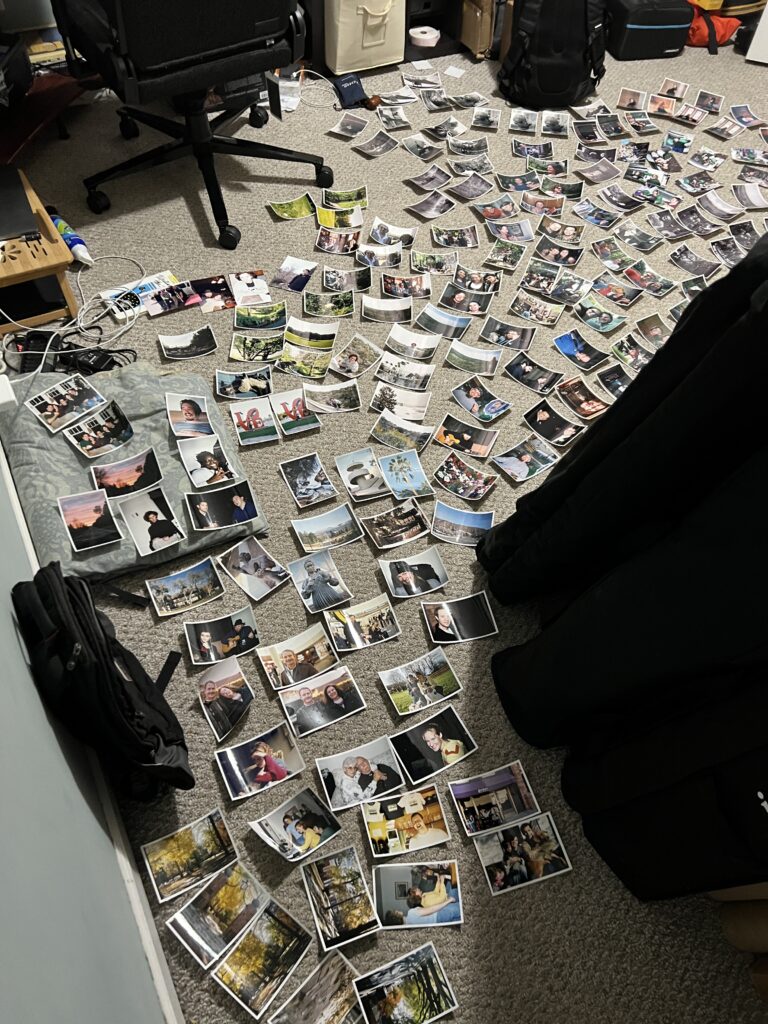
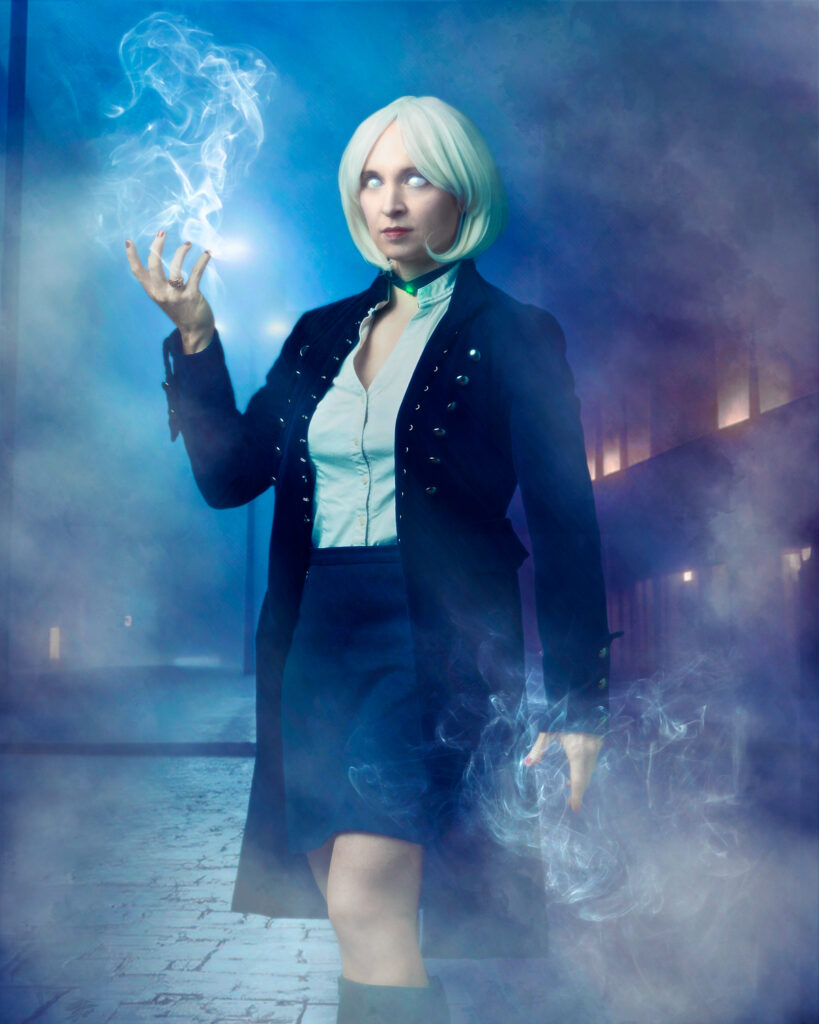
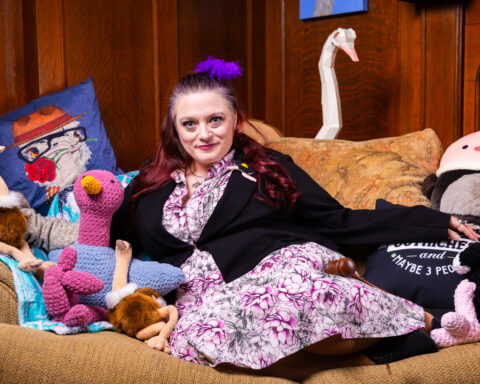


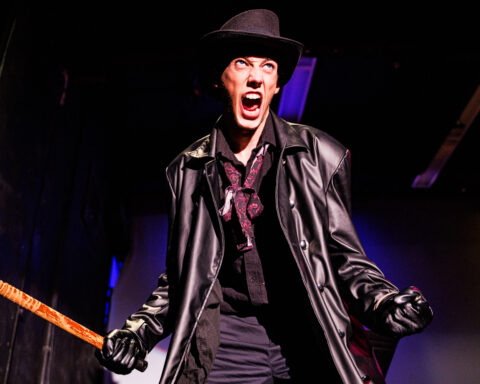
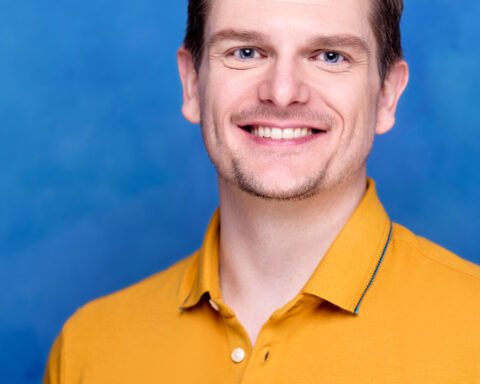
Follow Me